Bio-painting
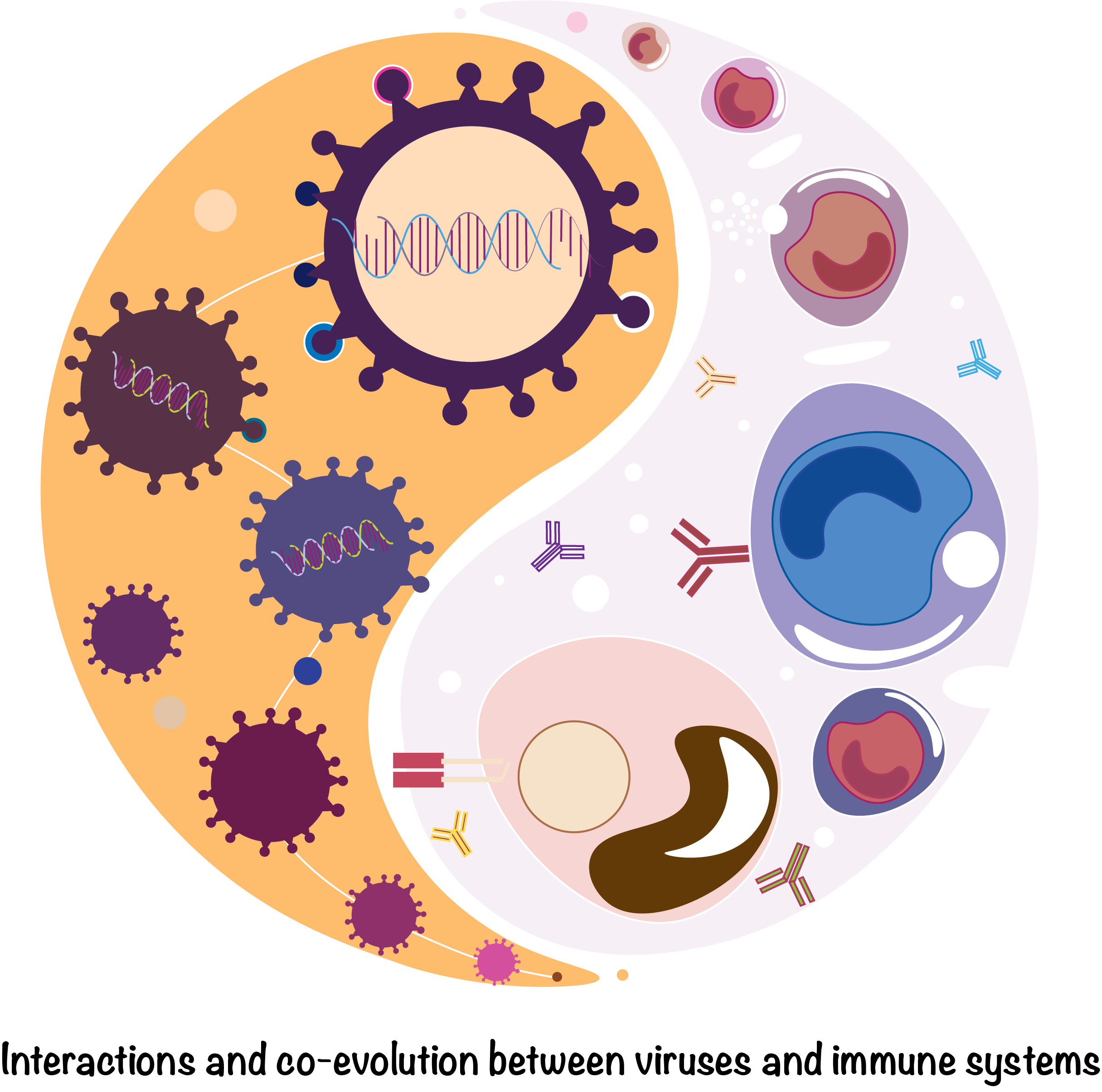
Logo design for Kavli Institute for Theoretical Physics (KITP) program
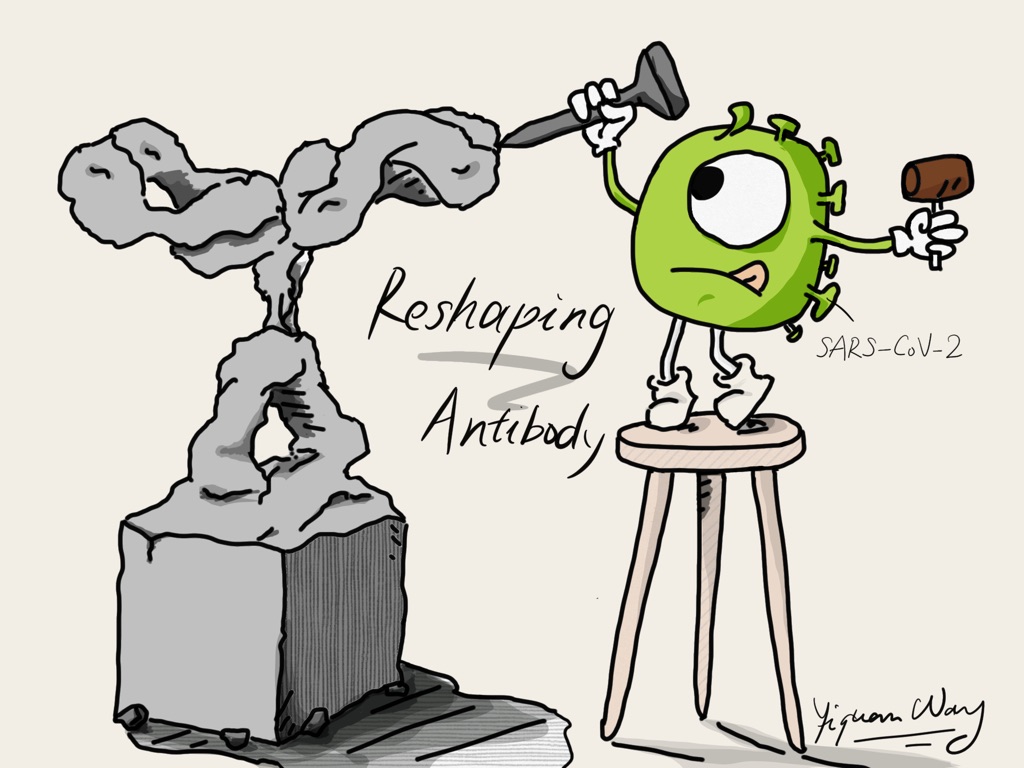
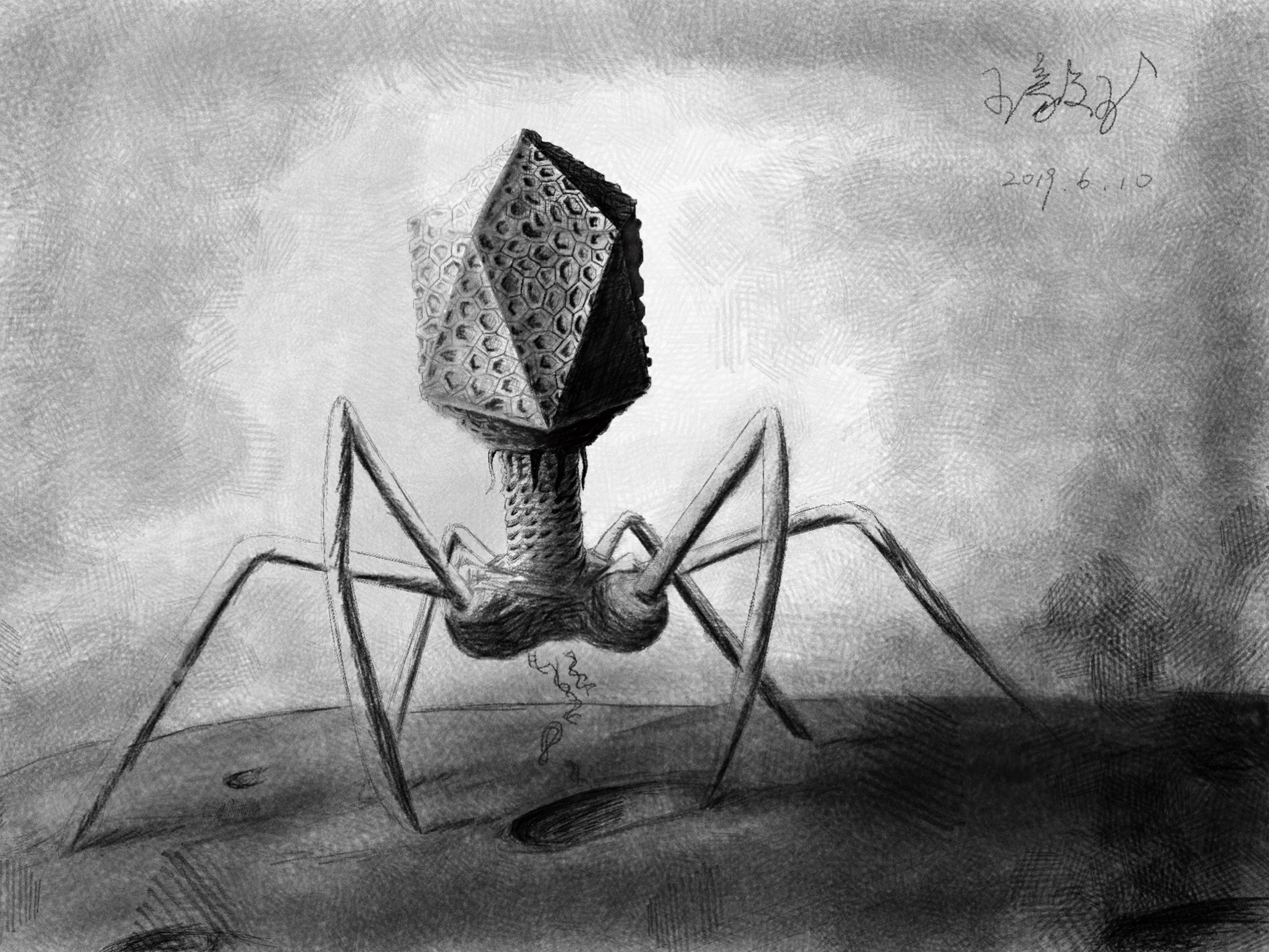
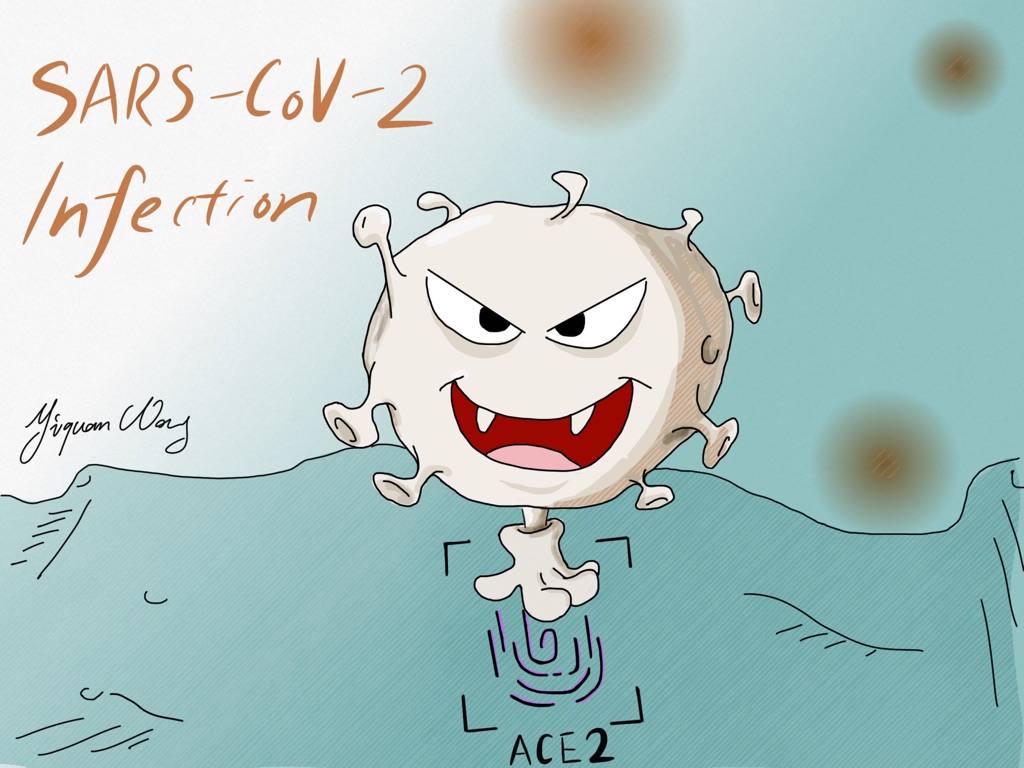

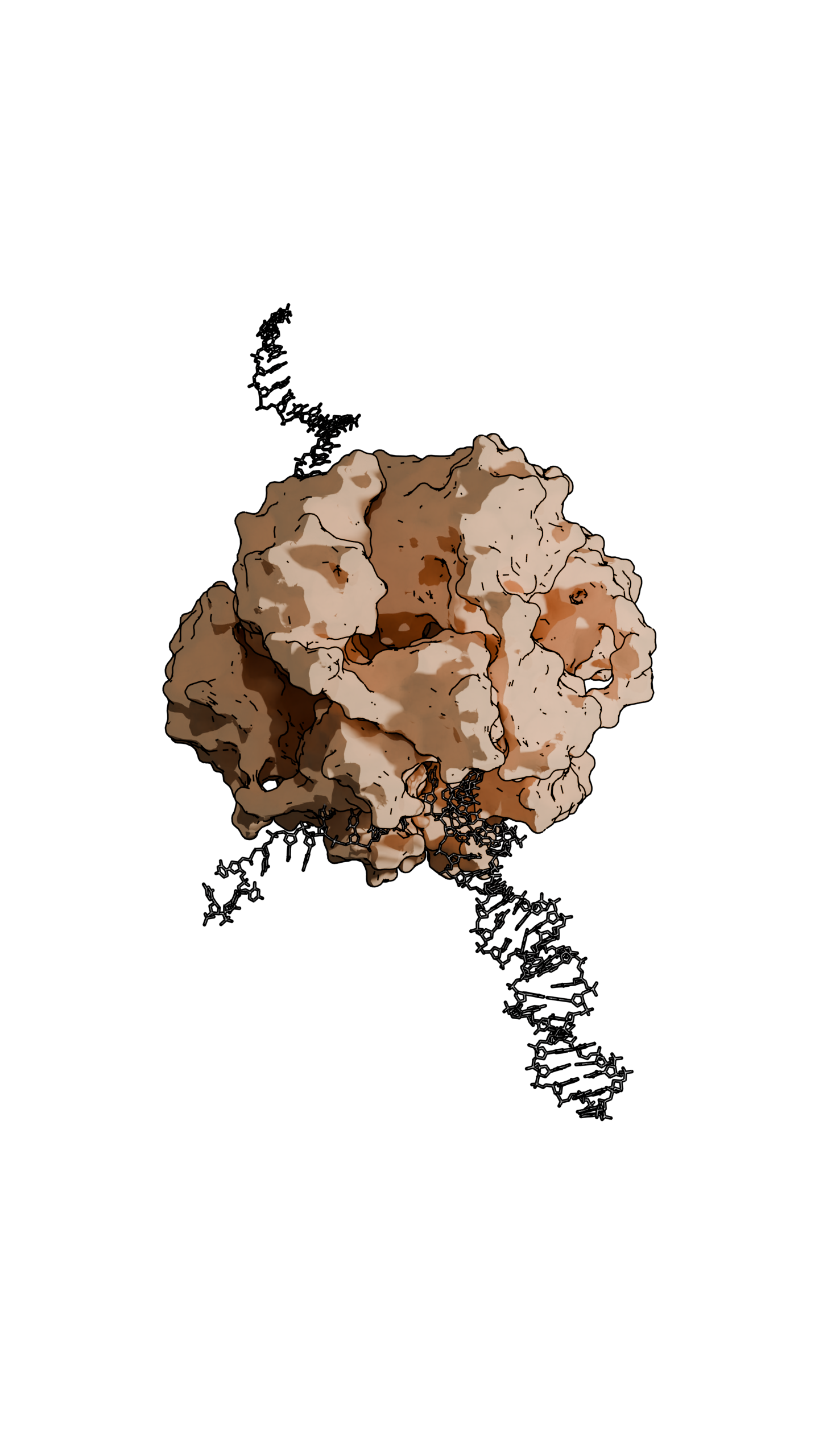
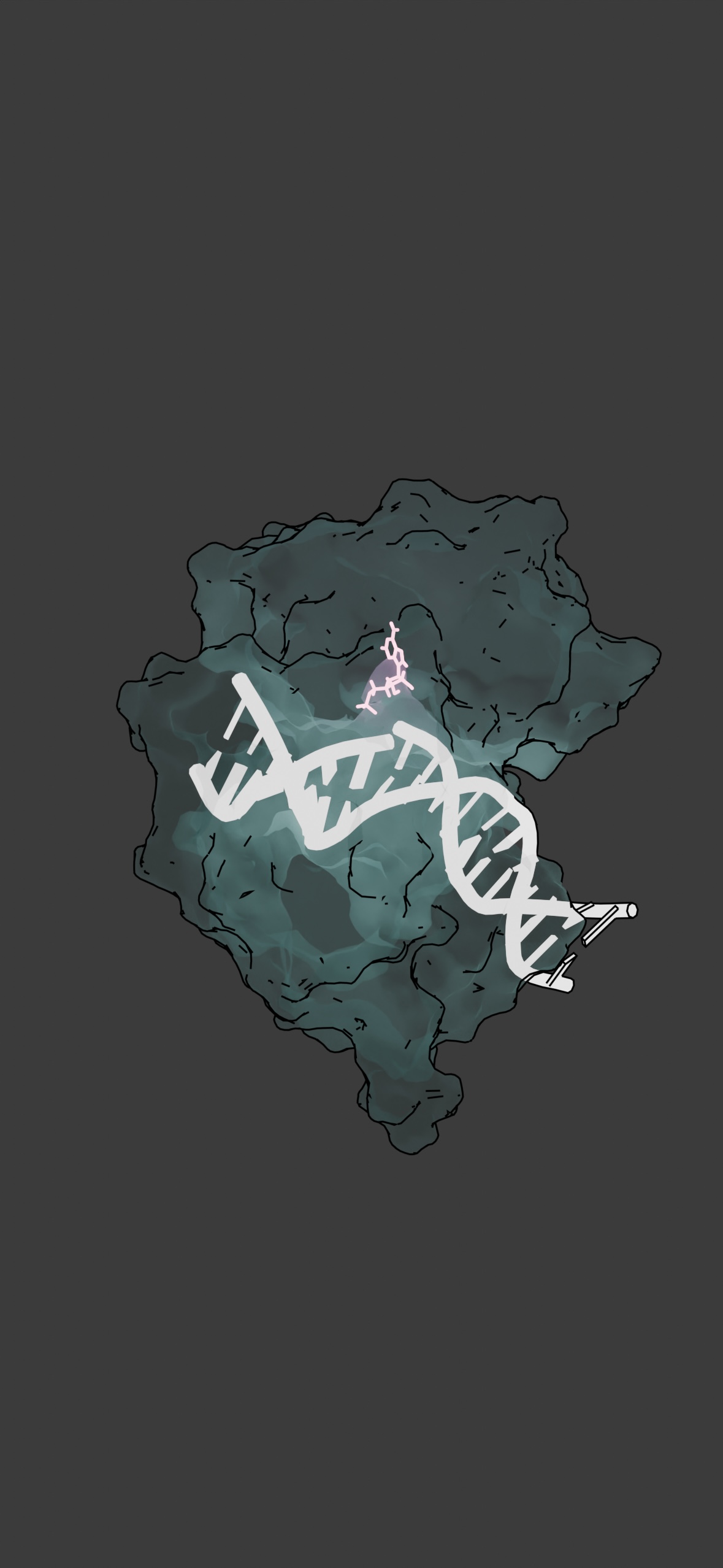
[2024] Yiquan Wang Receives 2024 Outstanding Graduate Student Award for Exceptional Research and Innovation (link )
[2024] New AI model promises to speed up process of antibody characterization (link )
[2023] Winners announced for "Life Inspiring:" A gallery of images from the School of MCB (link )
[2022] Meet MCB: Biochemistry PhD student Yiquan Wang (link )
[2022] Machine-learning model can distinguish antibody targets (link )